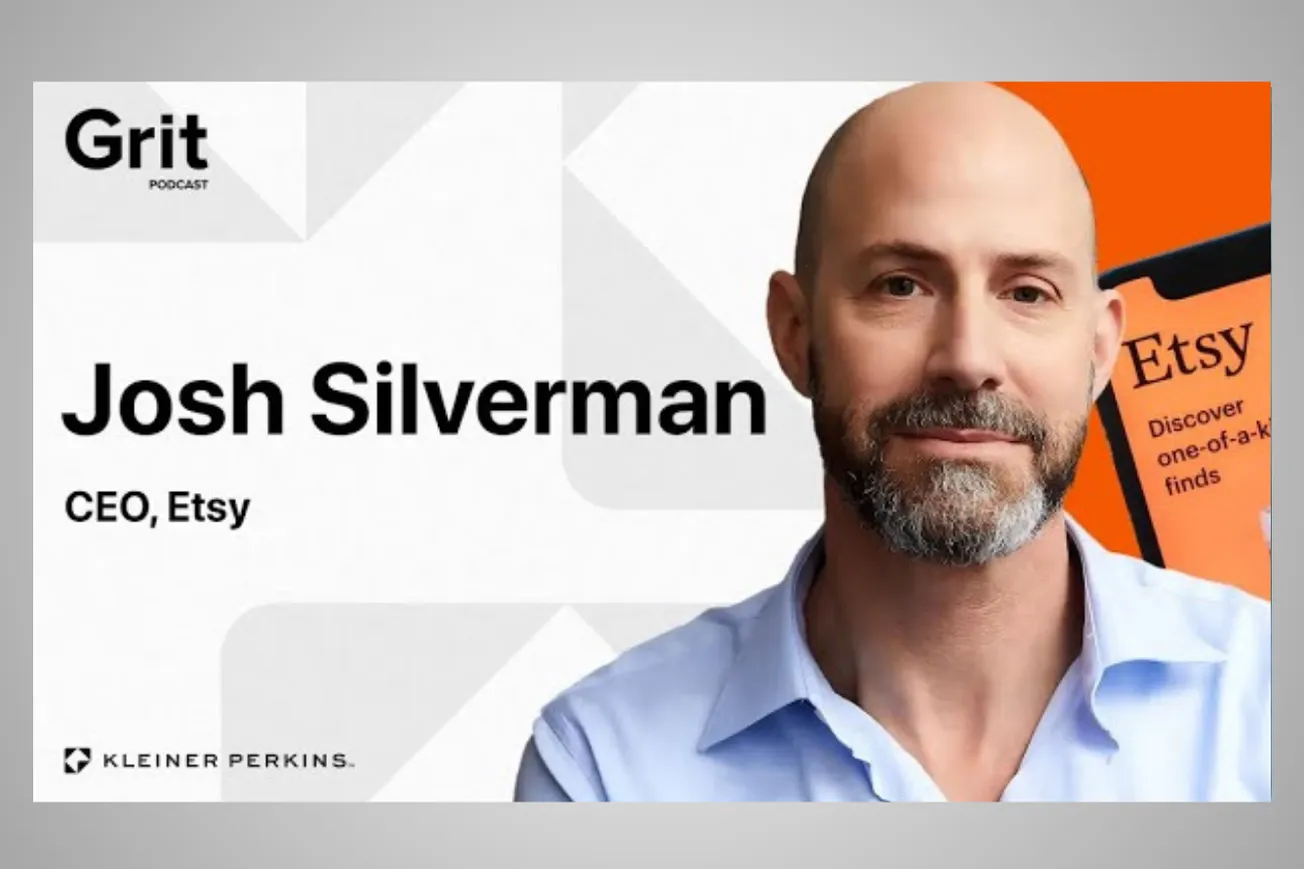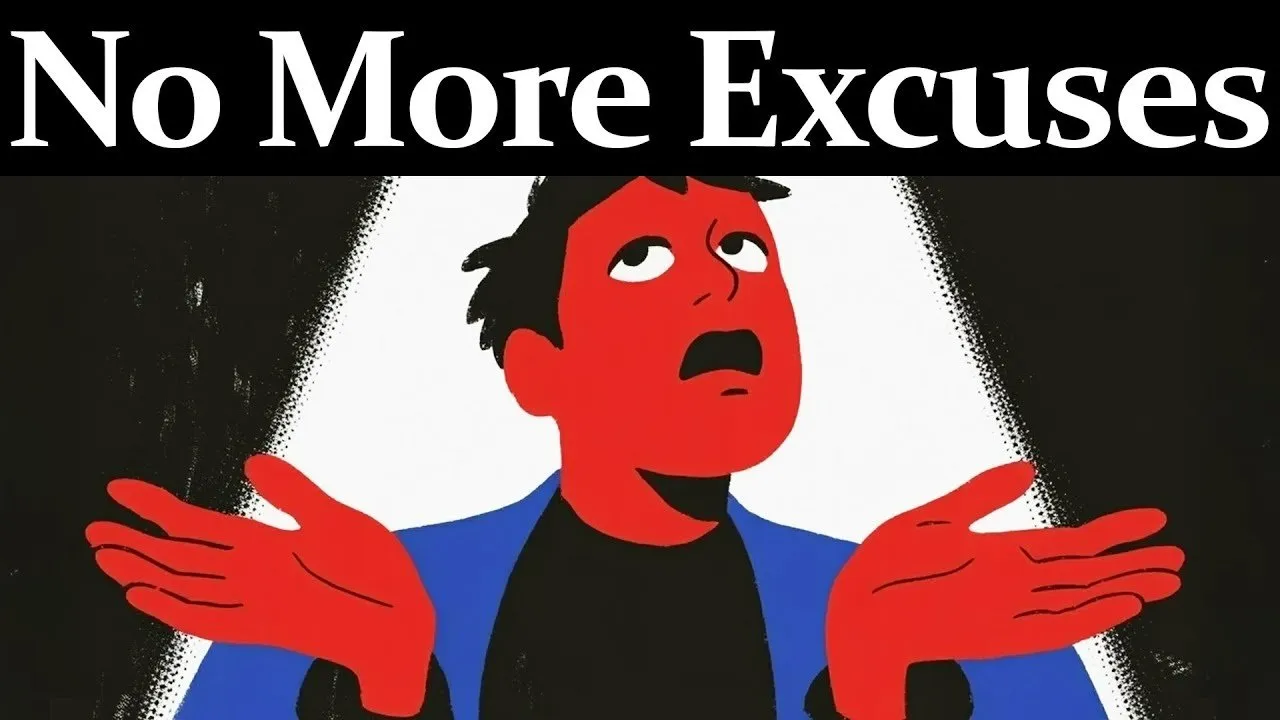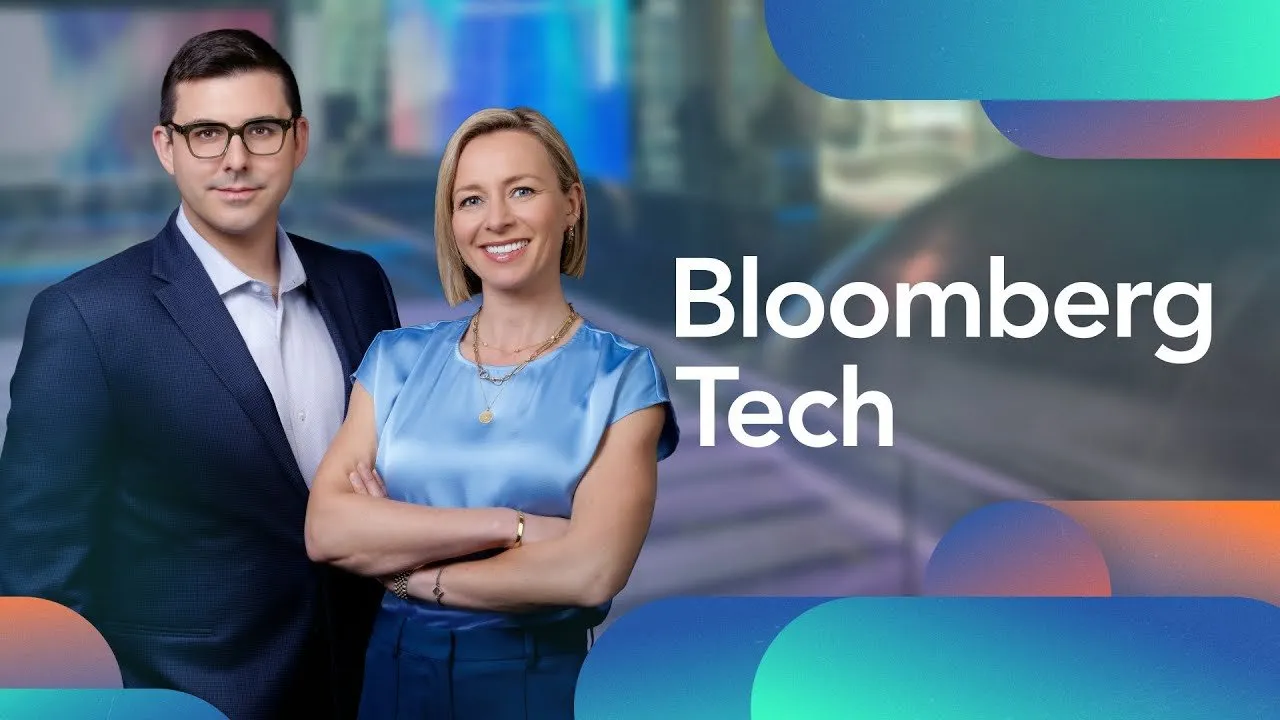Table of Contents
Josh Silverman's journey from reluctant board member to transformational CEO of Etsy reveals how strategic focus, accountability, and authentic leadership can turn around a struggling tech company.
When Josh Silverman joined Etsy's board with one condition—"Don't ask me to be the CEO"—he never imagined receiving a phone call days later informing him the board had elected him anyway. What followed was a masterclass in corporate transformation, leadership evolution, and the delicate balance between personal accountability and business outcomes.
Key Takeaways
- Strategic focus beats scattered innovation: Silverman cut 300-400 projects down to 40-50, driving 5x product velocity with 20% fewer people
- Leadership maturity means half preparation, half execution: Silverman now spends 50% of his time preparing for tomorrow's meetings rather than being reactive
- Energy management trumps time management: Moving from 100-hour weeks to intentional contemplation made him more effective, not less productive
- Accountability without abdication requires clear success metrics: Every Etsy squad has one customer metric they're responsible for moving
- Personal worth separation from company performance prevents emotional decision-making during crises
- Career thinking in 3-4 year increments allows for strategic pivots while maintaining long-term vision
- Second acts require first admitting the first playbook won't work forever
Timeline Overview
- 00:00–09:53 — Energy Management: Silverman's evolution from 100-hour work weeks to contemplative leadership, explaining his structured approach to meeting preparation and the half-half split between execution and planning
- 09:53–25:14 — Etsy's Strategy: Deep dive into Etsy's marketplace model, discovery challenges, and Silverman's delegation philosophy of "define success, define constraints, right person in right role"
- 25:14–36:29 — Evite's Rise and Fall: Lessons from raising $26M in 1999, selling too early during market crash, and learning to separate personal self-worth from company performance through painful experience
- 36:29–43:21 — Control and Agency: Philosophical discussion on leadership accountability versus fatalism, exploring how much control executives actually have versus what they believe they control
- 43:21–55:03 — Becoming CEO: The reluctant transition from board member to CEO, shutting down Etsy Studios after one week, and managing culture shock while cutting 300+ projects to 40-50
- 55:03–1:05:40 — eBay and Skype: Career arc of fixing eBay's troubled acquisitions, pivoting Skype from phone calls to video, getting fired by Silver Lake despite successful turnaround, and taking months to recover
- 1:05:40–END — Modern Leadership: Current work-life integration, red hat/green hat decision-making for AI policies, career planning in 3-4 year increments, and defining grit as achieving meaningful difficult goals
The Evolution of Executive Energy Management
Silverman's transformation from a workaholic CEO to a contemplative leader illustrates a counterintuitive truth about executive effectiveness. At 55, he reports having more energy than ever before, not despite working fewer hours, but because of it.
- His structured approach divides days into three meeting types: decision-making, accountability, and career development meetings
- Preparation time equals meeting time: "I spend hours every day preparing for tomorrow's meetings"
- Teams must deliver information 24 hours before meetings, allowing deep analysis and strategic questioning
- Monthly metrics meetings with 250+ directors create transparency and shared context across the organization
- Physical activity through team sports with his children provides both fitness and family connection
The shift from reactive to proactive leadership stemmed from a painful personal lesson. His ex-girlfriend (now wife) once asked for a daytime hike as a birthday present—something he considered "impossible" during his Evite CEO days. Her subsequent breakup became a catalyst for learning delegation without abdication.
Strategic Focus as a Turnaround Strategy
When Silverman joined Etsy's board, the company was two quarters away from zero growth despite having passionate employees and good intentions. His first board meeting revealed the core problem: scattered focus masquerading as innovation.
- Etsy was running 300-400 different projects with 1,800-1,900 employees
- The infamous Etsy Studios shutdown: Silverman closed an 18-month craft supplies marketplace project after just one week
- New focus criteria: Projects had to generate at least $10 million in gross merchandise sales within 12 months
- Organizational restructuring created clear ownership with minimal layers and lean squads
- Results: Product velocity increased 5x with 20% fewer people after the reorganization
The Etsy Studios decision exemplifies his philosophy of making difficult but necessary choices. Despite hundreds of employees spending 18 months building the platform, Silverman shut it down on his third day because it didn't align with the focused strategy of improving the core marketplace experience.
Leadership Accountability and Team Dynamics
Silverman's approach to leadership centers on what he learned from former American Express CEO Ken Chenault: "Define success, define constraints, and make sure you have the right person in the right role." This framework guides his decision-making process and team empowerment strategy.
- Squad-based organization: Each 8-10 person team owns one clear customer metric
- Monthly accountability meetings where leaders report progress to 250+ peers
- Red hat/green hat debate methodology prevents lowest-common-denominator decisions
- Clear delegation boundaries: "If it's not going to affect the market cap, I probably should not be the decision maker"
His leadership evolution also involved learning to separate personal worth from company performance. Early in his career, good company days meant good personal days, and vice versa. Through experience and contemplation, he developed frameworks for maintaining emotional equilibrium during business turbulence.
The Skype Transformation and Professional Resilience
Silverman's stint as Skype CEO within eBay demonstrates his ability to find opportunity in corporate castoffs. After eBay wrote down Skype by $1.4 billion, few executives wanted the turnaround challenge.
- Skype's pivot from free phone calls to video calling became its differentiating strategy
- The "being together when you can't be in the same room" value proposition unlocked new growth
- Launched Skype for Business as an enterprise revenue stream during his tenure
- Silver Lake acquisition at $2.75 billion, then Microsoft purchase for $8.5 billion showed validation
Getting fired by Silver Lake despite the successful turnaround created deep professional heartbreak. The experience taught him about focusing on internal validation rather than external opinions—a lesson that proved crucial when he later faced similar challenges at Etsy.
AI Integration and Modern Decision-Making
Etsy's approach to generative AI reflects Silverman's balanced perspective on innovation within constraints. The decision to allow AI-supported art on the platform required careful consideration of what constitutes "handmade" in a digital age.
- Red hat/green hat analysis framework applied to contentious AI policy decisions
- Electronic dance music analogy: "EDM is just a human partnering with a machine to generate music"
- Tool classification approach: AI as creative instrument rather than replacement for human creativity
- Seller empowerment through expanded creative possibilities while maintaining marketplace authenticity
This decision illustrates how established companies can embrace emerging technologies without compromising core values—a balance Silverman has refined through decades of managing technological transitions.
Common Questions
Q: How does Josh Silverman manage executive energy differently now than in his younger years?
A: He spends 50% of his time preparing for meetings rather than being reactive, allowing for better decisions and shorter, more focused discussions.
Q: What was the biggest challenge during Etsy's turnaround?
A: Cutting 300+ projects down to 40-50 while maintaining team morale and managing daily departures of essential employees during culture transformation.
Q: Why did Silverman initially refuse to become Etsy's CEO?
A: He knew the role required being "the villain" through layoffs and difficult changes, with 100% certainty of negative reputation impact for only 5-10% chance of success.
Q: How does Etsy measure productivity without tracking hours worked?
A: Each squad has clear customer metrics they're responsible for moving, focusing on value creation rather than time-based productivity measures.
Q: What framework does Silverman use for career planning?
A: Think in 3-4 year increments early in career, focusing on roles that provide smart colleagues, expand option sets, and align with genuine passion.
The Psychology of Executive Transformation
What drives a leader to fundamentally change their operating model after decades of success? Silverman's transformation reveals three critical psychological shifts that separate adaptive leaders from those who plateau. First, his move from reactive to contemplative leadership wasn't just about time management—it represented a fundamental shift from validation-seeking to outcome-focused behavior. When he spent 100-hour weeks in meetings, he was unconsciously seeking validation through visible effort rather than optimizing for decision quality.
Why do successful leaders often struggle most with delegation? The Evite girlfriend story illustrates a paradox many executives face: the very traits that drive early success (total commitment, personal accountability) become obstacles to scaling leadership. Silverman's evolution shows that true delegation requires what he calls "inspection without abdication"—maintaining ultimate accountability while empowering others to execute. This requires a sophisticated understanding of which decisions affect "market cap" versus operational efficiency.
How do executives maintain conviction while adapting to new paradigms? Silverman's "fired and rehired" mental reset at Etsy demonstrates advanced leadership thinking. Rather than defending past strategies, he systematically questioned every assumption as if seeing the business fresh. This approach requires significant psychological safety—leaders must be willing to acknowledge that previous success doesn't guarantee future relevance.
The Skype transformation reveals another critical insight: How do you find opportunity in others' failures? When eBay wrote down Skype by $1.4 billion, Silverman saw possibility where others saw liability. His reframe from "free phone calls" to "being together when you can't be in the same room" shows how strategic vision often requires looking beyond current metrics to underlying human needs.
The Accountability Paradox in Modern Leadership
Silverman's experience getting fired from Skype despite delivering results exposes a fundamental tension in corporate governance. Can leaders be too successful too quickly? Silver Lake's decision to replace him for lacking "public company experience" suggests that stakeholders sometimes prioritize conventional credentials over proven performance. This dynamic explains why many transformational leaders struggle with traditional corporate structures.
His response—taking his family camping for months without cell service—illustrates healthy processing of professional setbacks. Rather than immediately jumping into the next opportunity, he created space for reflection and family connection. This pattern of retreat-and-reflection appears throughout his career and may be essential for leaders managing high-stakes transitions.
What makes someone willing to repeatedly play the "villain" role in corporate turnarounds? Silverman's acceptance of the Etsy CEO position despite knowing it would damage his reputation short-term reveals deep intrinsic motivation. His comment about "responsibility to do it" suggests leaders at his level operate from different motivational frameworks than those seeking external validation.
Conclusion
Josh Silverman's leadership evolution from hyperactive micromanager to contemplative strategist offers a masterclass in executive adaptation. His journey reveals that sustainable leadership requires continuous reinvention—not just of strategies and tactics, but of fundamental operating assumptions about control, accountability, and success measurement. The willingness to be periodically "fired and rehired" in one's own mind may be the ultimate competitive advantage for leaders navigating accelerating change. Most importantly, his story demonstrates that the transition from first-time executive to seasoned leader isn't about working harder, but about developing the wisdom to know when yesterday's playbook no longer serves tomorrow's challenges.
Practical Implications for Modern Leaders
- Implement 50/50 rule: Split time equally between executing today's decisions and preparing for tomorrow's choices
- Create decision frameworks: Use red hat/green hat methodology to avoid lowest-common-denominator solutions
- Establish clear success metrics: Every team should own one measurable customer outcome rather than activity-based goals
- Practice separation techniques: Develop methods to separate personal worth from company performance during volatile periods
- Design contemplation time: Block unstructured thinking time in calendars, not just for vacation but for strategic reflection
- Question playbooks regularly: Annually assess whether current strategies still serve future objectives
- Build accountability without micromanagement: Create inspection systems that empower rather than constrain team members
- Embrace the villain role: Accept that transformational leadership often requires being temporarily unpopular
- Plan in 3-4 year cycles: Think beyond annual planning to create meaningful career and business trajectories
- Prioritize preparation over reaction: Invest more time in scenario planning and less in crisis management





